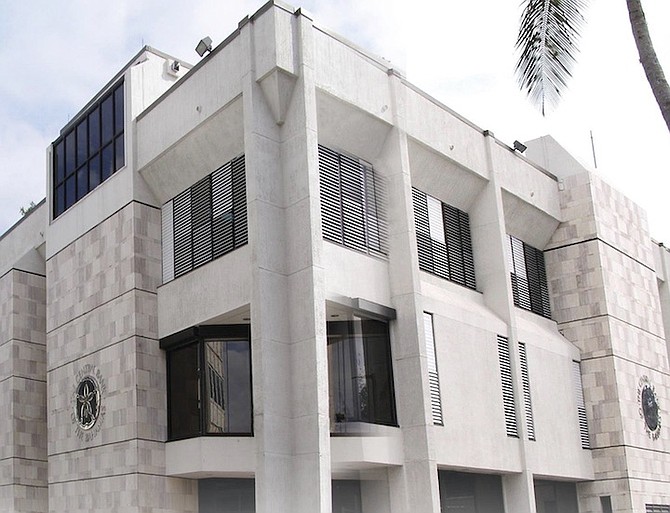By NEIL HARTNELL
Tribune Business Editor
nhartnell@tribunemedia.net
The Bahamas’ external reserves grew by almost $55m in February 2022 as commercial banks collectively received a net $84.2m foreign currency inflow from their customers.
The Central Bank, in its monthly economic assessment for February, said: “External reserves expanded by $54.9m to $2,47bn in February, a reversal from the $63.6m reduction in the comparable period of 2021. Contributing to this outturn, the Central Bank’s transactions with commercial banks shifted to a net purchase of $71.1m from a net sale of $15.1m last year.
“Further, commercial banks recorded a net intake from their customers of $84.2m vis-à-vis a sale of $14.8m a year earlier. Moreover, the Central Bank net foreign currency sale to the public sector moderated to $17.1m from $48.8m in the previous year.”
As for exchange control sales, the Central Bank added: “Preliminary data on foreign currency sales for current account transactions revealed a $49.1m growth in outflows to $422.1m in February in comparison to the same period last year. The outturn reflected a notable rise in payments for ‘other’ current items ($37.6m), mainly credit and debit card financed imports, and oil imports ($14.6m).
“Foreign currency outflows also rose higher for factor income remittances ($2.9m) and travel-related transactions ($2.4m), whereas reductions were posted for non-oil imports ($4.6m) and transfer payments ($3.9m).”
Turning to the commercial banking sector’s loan book quality, the Central Bank added that this improved in February due to a reduction in non-performing loans and short-term arrears. “Specifically, total private sector arrears decreased by $59.8m (7.6 percent) to $725.3m, corresponding with a 1.1 percentage point narrowing in the relevant ratio to 13.3 percent of outstanding claims,” the regulator said.
“An analysis by average age of delinquency showed that short-term arrears contracted by $59.3m (23.7 percent) to $190.8m, resulting in a 1.1 percentage point fall-off in the accompanying rate to 3.5 percent. Similarly, non-performing loans (NPLs) decreased slightly by $0.4m (0.1 percent) to $534.5m, with the attendant ratio remaining unchanged at 9.8 percent.”
There was a decline in the NPL rate for consumer loans by 10 basis points to 10.1 percent, while commercial loans and mortgage delinquency rates rose by eight and by six basis points to 5.5 percent and 11.1 percent, respectively.
“A disaggregation by loan type showed that mortgage arrears reduced by $45.4m (10.2 percent) to $398.2m, as the $46.3m (28.5 percent) retrenchment in the short-term segment outstripped the $0.9m (0.3 percent) rise in non-accruals,” the Central Bank said.
“Likewise, total consumer arrears decreased by $16.1m (5.8 percent) to $262.4m owing to respective declines in both short-term arrears and NPLs of $13.8m (19 percent) and $2.3m (1.1 percent). In contrast, commercial arrears rose by $1.7m (2.7 percent) to $64.7m after a $0.9m (1.9 percent) rise in the long-term segment, and $0.8m (5.5 percent) uptick in the short-term arrears.
“Meanwhile, banks reduced total provisions for loan losses by $10.3m (2 percent) to $509.1m. Consequently, the ratio of provisions to non-performing loans moved lower by 1.9 percentage points to 95.3 percent. However, provisions to arrears rose by four percentage points to 70.2 percent, while the coverage ratio of specific provisions to non-accruals fell by 1.9 percentage points to 74.2 percent,” it added.
“During the month of February, banks wrote-off an estimated $5.7m in bad loans and recovered approximately $4.2m.”





Comments
tribanon 2 years, 1 month ago
And shortly after those foreign currency inflows came in, they went out to buy imported goods associated with foreign owned investment projects.
Sign in to comment
Or login with:
OpenID